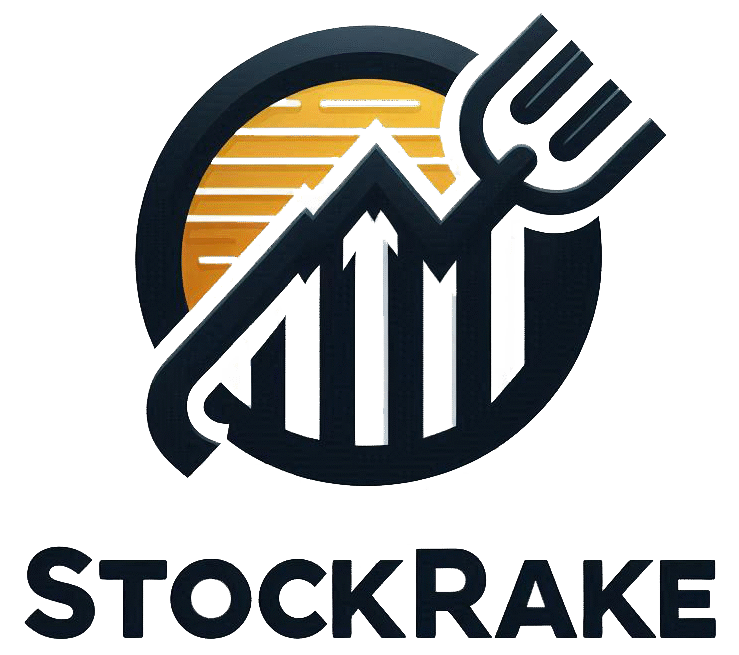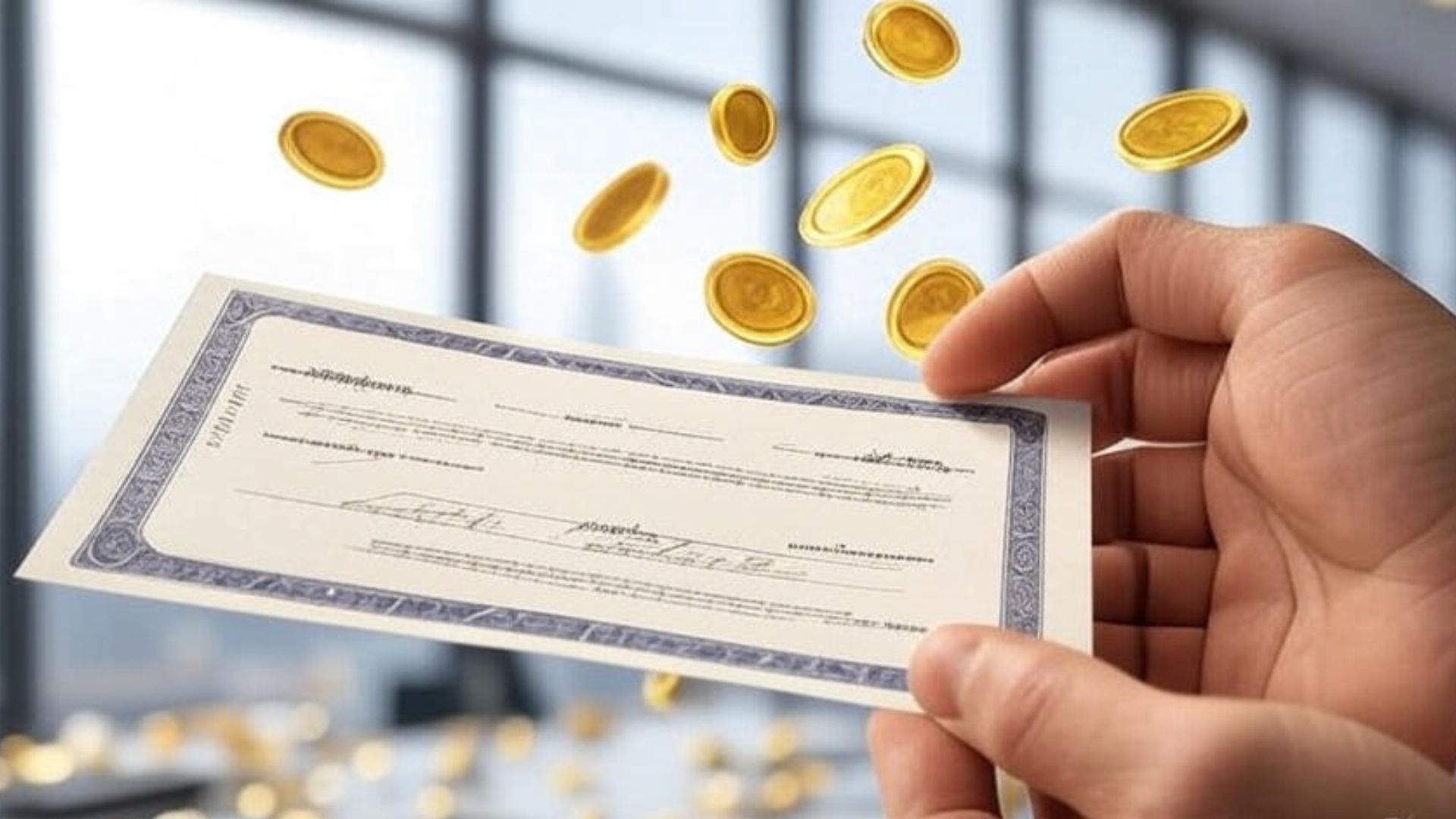Best Dividend Stocks to Buy
If you’ve ever wished your money could do something useful while you’re busy living your life — maybe earning a bit on the side without you clocking in — dividends are basically that. You buy shares of a company, and they send you actual cash just for owning them. Usually every quarter. Sometimes monthly. Pretty straightforward.
Over time, these payouts pile up. And if you’re reinvesting them, that’s where the whole compounding magic happens, which is honestly way more powerful than most people realize when they’re just starting out.
In 2025, dividend investing is still alive and kicking, maybe even more popular now because the market can feel kind of unpredictable. Folks nearing retirement like the steady income, and younger investors like the fact that dividends don’t tank whenever the latest AI headline freaks everyone out.
But the big question: which dividend stocks are actually worth looking at this year?
Let’s break it all down.
Fidelity’s stock screener from July 21, 2025 shows some almost ridiculous-looking yields right now. Before you get starry-eyed, remember: huge yields can be a trap. (We’ll get into that too.)
Here’s what the screener shows:
| Ticker | Company Name | Dividend Yield |
|---|---|---|
| MSB | Mesabi Trust | 27.02% |
| ORC | Orchid Island Capital Inc. | 20.40% |
| OXSQ | Oxford Square Capital Corp. | 18.03% |
| HRZN | Horizon Technology Finance Corp. | 16.38% |
| DX | Dynex Capital Inc. | 16.28% |
| PSEC | Prospect Capital Corp. | 15.93% |
| AGNC | AGNC Investment Corp. | 15.57% |
| PNNT | PennantPark Investment Corp. | 13.19% |
| SAR | Saratoga Investment Corp. | 11.94% |
| EFC | Ellington Financial Inc. | 11.88% |
⚠️ Just to be clear: none of this is me telling you to go out and buy these. Consider them “interesting starting points,” not final answers.

Also Read: What Stocks Do Billionaires Keep Buying in 2025?
💡 Understanding Dividend Yield
Dividend yield gets tossed around like everyone should already know what it means, but here’s the simplest way to think about it: it’s how much a company pays you in dividends compared to the price of one share.

Formula:
Annual Dividend ÷ Share Price
If a stock pays $1 every quarter and costs $100 per share, then:
(1 × 4) ÷ 100 = 4%
Ta-da. That’s your yield.
It’s basically the income percentage you get from holding the stock for a year. Cool metric, but also misleading if you only look at the number. A super high yield doesn’t automatically mean it’s a treasure. Sometimes it’s a giant red flag waving in your face.
⚠️ The Hidden Risks of Chasing High Yields
Everyone loves income. And when you see “15% yield” or “20% yield,” your brain lights up like it’s found a cheat code. Unfortunately, those massive yields often mean something’s breaking under the hood.
Why high yields can be trouble:
1. The stock price might be falling hard
Yield goes up when price goes down. So if the yield looks unusually huge, it may be because the stock is sliding for a reason.
2. Dividends can be cut (and usually are when yields explode)
Companies don’t stick with unsustainable payouts forever. When they cut, the stock usually dips even more. Double whammy.
3. Financial stress
A company drowning in debt or shrinking revenue isn’t going to be able to keep paying out generous dividends forever.
4. Weird one-time payouts
Sometimes a company hands out a “special” dividend, and suddenly the yield looks artificially high for a while. That doesn’t mean it’ll stay high.
Real advice: Forget chasing yield. You want companies that can keep paying you year after year without drama.

Also Read: What’s the Best Way to Start Investing with $100?
✅ Safer Dividend Stocks with Sustainable Yields (2026 Edition)
If you’re aiming for something more boring but reliable (honestly, boring is underrated in investing), these are examples of companies offering sustainable yields as of July 2026.
| Ticker | Company Name | Dividend Yield |
|---|---|---|
| CFG | Citizens Financial Group Inc. | 3.46% |
| RY | Royal Bank of Canada | 3.38% |
| JNJ | Johnson & Johnson | 3.18% |
| PB | Prosperity Bancshares Inc. | 3.15% |
| STT | State Street Corporation | 3.10% |
| ALV | Autoliv Inc. | 3.03% |
| MET | Metlife Inc. | 2.94% |
| MS | Morgan Stanley | 2.84% |
| LEVI | Levi Strauss & Co. | 2.68% |
| CMI | Cummins Inc. | 2.28% |
These aren’t flashy. They’re not going to be the talk of Reddit’s meme stock crowd. But these companies tend to do something far more valuable: they keep paying. Many of them have decades of dividend increases under their belts.
That consistency says more about a company’s stability than any headline-grabbing yield ever will.
📦 What About Dividend ETFs?
If picking individual stocks makes you want to take a nap, there’s nothing wrong with going the ETF route. Dividend ETFs are basically big baskets of dividend-paying companies. You buy one share of the ETF, and you instantly own tiny slices of all the companies inside it.
Here are a few popular options (as of July 2025):
| Ticker | ETF Name | Yield |
|---|---|---|
| FDL | First Trust Morningstar Dividend Leaders ETF | 4.41% |
| FDVV | Fidelity High Dividend ETF | 2.95% |
| VYM | Vanguard High Dividend Yield ETF | 2.63% |
| SDY | SPDR S&P Dividend ETF | 2.57% |
| VOE | Vanguard Mid-Cap Value ETF | 2.29% |
Why people like dividend ETFs:
- You don’t have to do as much research
- Diversification is built-in
- Volatility is usually lower
- Reinvesting dividends is super easy
They’re especially good if you’re building a “lazy portfolio” for long-term growth.
🔍 Other Ways to Invest in Dividends
Not everyone wants to buy stocks or ETFs directly. Totally fine — there are other routes.
1. Dividend-Focused Mutual Funds
These are run by pros who pick the stocks for you. Examples from Fidelity:

- FEQTX
- FEQIX
- FGRIX
- FSDIX
You basically get diversification + management in one package.
2. Separately Managed Accounts (SMAs)
These are more specialized and typically for people with larger portfolios. You get a customized dividend strategy built around your goals and tax needs.
3. Curated Dividend Screens
Brokerage platforms (Fidelity, Schwab, etc.) let you filter for dividend growers, high-quality payers, REITs, and so on. Saves you from swimming through thousands of stocks on your own.
💬 Real-World Example: How Dividends Compound Over Time
Here’s a simple example — nothing fancy or hypothetical-astronomical.
Let’s say you invest $10,000 into a stock with a 4% yield. No price growth. And you reinvest the dividends.
After 20 years, purely through compounding:
$10,000 × (1.04)²⁰ ≈ $21,911
Now add in something realistic like 5% annual stock growth (not crazy for a stable dividend stock), and you’re looking at $33,000+ without you ever adding another dollar.
This is why people call compounding magical. It’s slow magic, but still magic.
📈 Expert Insights: What Analysts Expect in 2026
Analysts from places like Morningstar and Forbes think dividend stocks will outperform this year — mostly because companies with strong cash flow tend to do better when the economy is unpredictable or messy.
They’re especially optimistic about:
- Consumer staples (Pepsi, P&G, J&J)
- Financials
- Energy companies with disciplined spending
These sectors usually keep paying dividends even when the broader market is moody.

Also Read: How Do Dividends Work and Who Pays Them?
🧠 Actionable Tips for Picking Dividend Stocks in 2026
A few practical things to check before you buy anything:
- Payout Ratio: Ideally under 60%
- Dividend Growth History: Look for multi-year consistency
- Debt: Too much debt = dividend danger
- Free Cash Flow: Dividends come from cash, not vibes
- Sector Mix: Don’t build a portfolio of only banks or only REITs
- Reinvest: If you don’t need the income now, reinvesting speeds everything up
These tiny habits add up over the long run.
🧭 Final Thoughts: Building Wealth with Dividends in 2026
Dividend investing isn’t the flashy kind of investing. It’s not going to give you a dopamine hit every time you check your portfolio. But that’s the point. It’s steady. Predictable (mostly). And incredibly powerful when you let time do its thing.
A safe, boring 3% yield that grows every year will almost always beat a sketchy 12% yield from a shaky company that can’t support its dividend.
Do your homework. Look at balance sheets. Don’t chase shiny numbers. And most importantly, give it time.
Dividends are one of the most dependable ways to build real, tangible wealth.
❓ FAQs: Dividend Investing in 2026
Q1. What are the best dividend stocks for beginners?
Usually the big names like Johnson & Johnson, Procter & Gamble, or Coca-Cola. They’re predictable and pay steadily.
Q2. How often do dividend stocks pay?
Mostly quarterly. A handful of stocks (and some REITs) pay monthly.
Q3. What’s a good dividend yield in 2025?
Somewhere in the 2–5% range. Above that, proceed with caution.
Q4. Are dividend ETFs better than individual stocks?
They’re less risky and easier for beginners. Individual stocks have higher upside, but also more potential to blow up in your face.
Q5. How do taxes work on dividends?
Qualified dividends are taxed at capital gains rates. Non-qualified dividends are taxed as ordinary income. It depends, so checking with a tax pro is smart.


